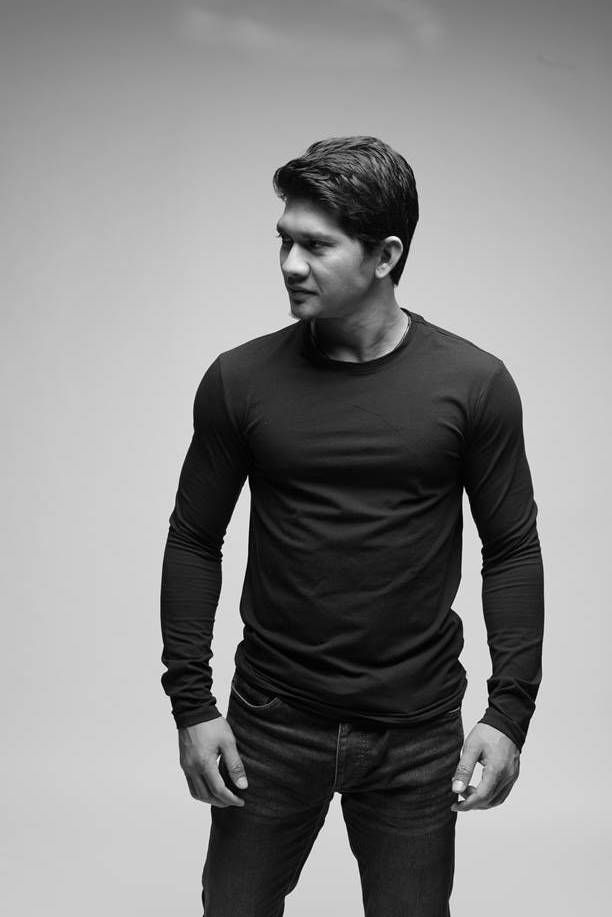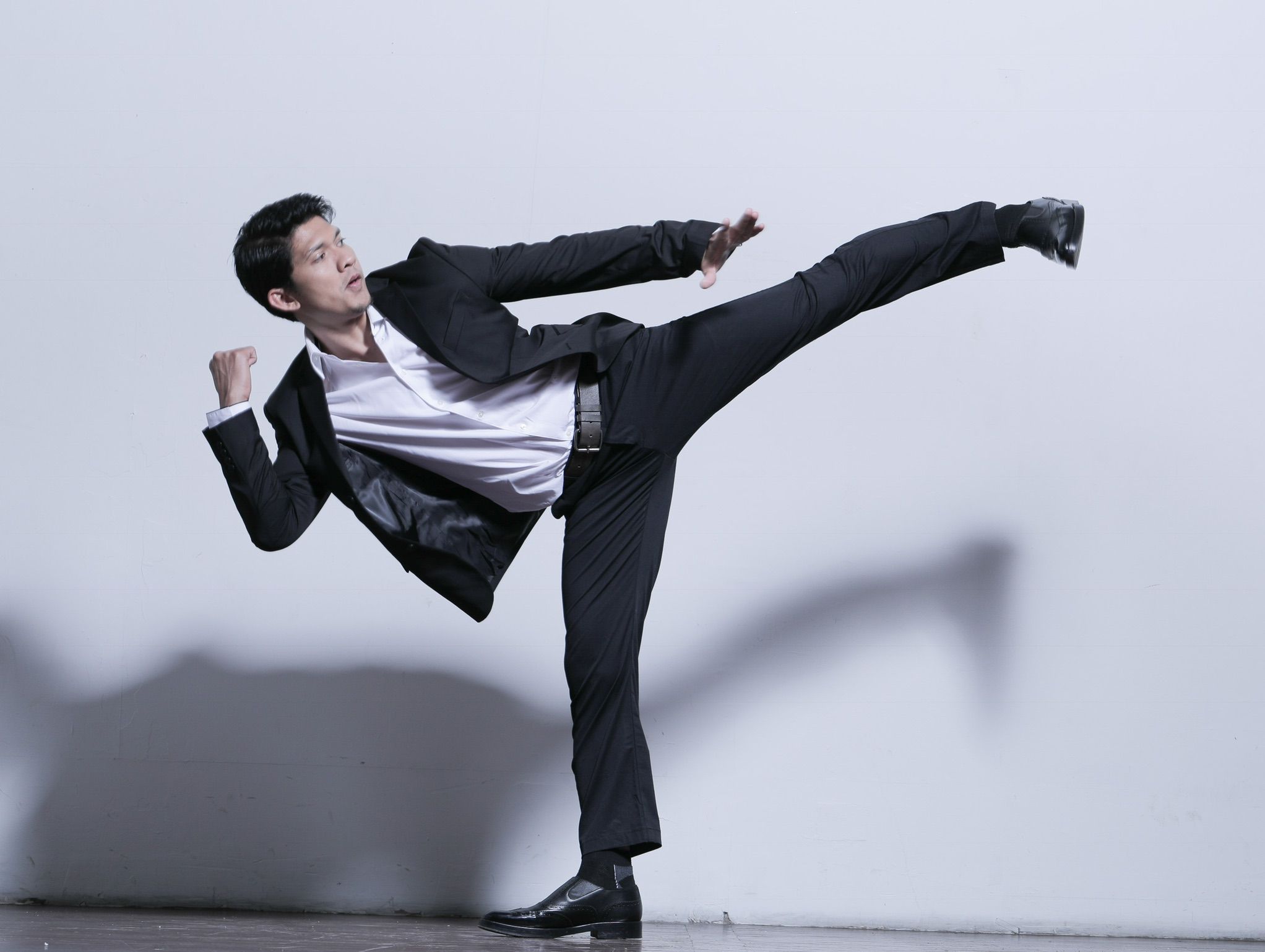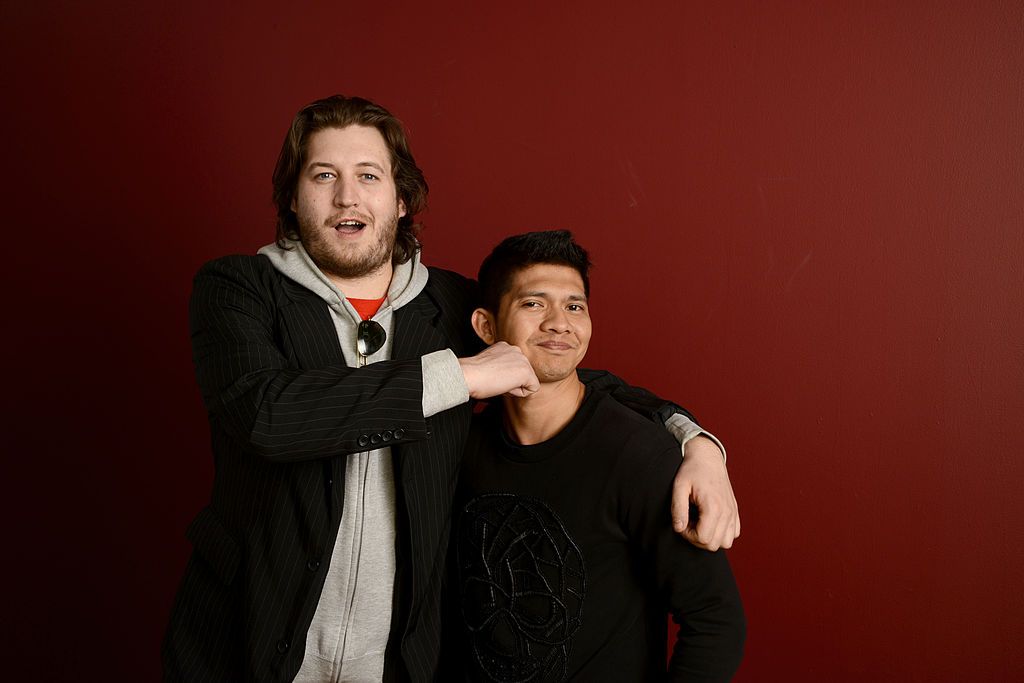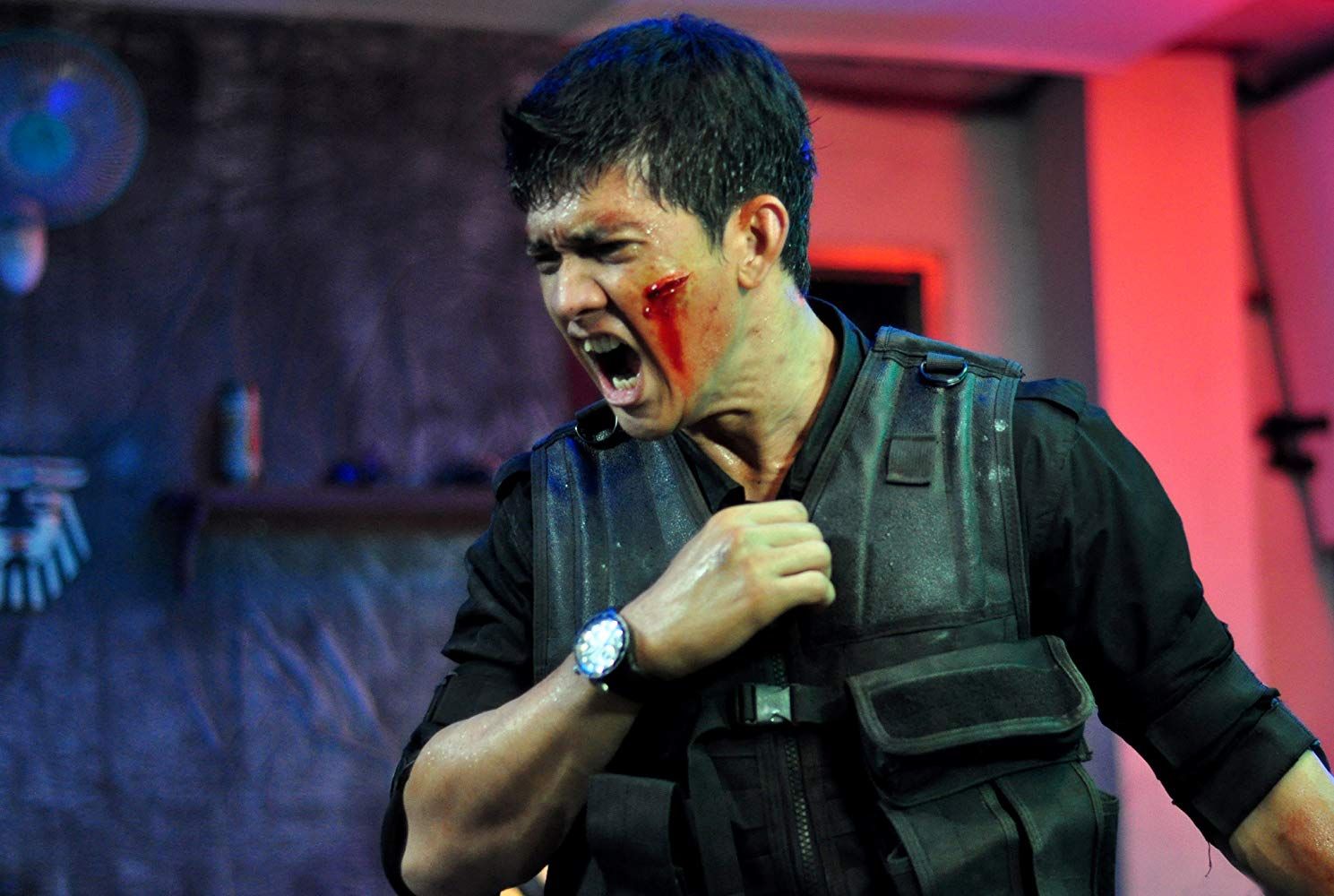Iko Uwais Is Hollywood’s Next Big Martial Arts Star. Just Ask Keanu Reeves and Mark Wahlberg.
Hollywood has an action aversion: turning well-choreographed fight scenes into quick-cutting, hand-held cacophonies. Iko Uwais hopes his films will change that.
BY JOSH ST. CLAIR JUL 12, 2019

RENDHA RAIS
When J.J. Abrams resurrected Star Wars, he wanted excitement—and actors who would make the new films fun. For a particular scene in The Force Awakens, when raider assassins board and attempt to hijack the Millennium Falcon from their galactic target, Han Solo, Abrams wanted action—and actors who could make it feel real. Abrams called on Iko Uwais.
It was a fan’s desire as much as it was a director’s request. Abrams, like many in Hollywood, discovered Uwais through his work on The Raid: Redemption, Welsh director Gareth Evans’ Indonesian martial arts film equally inspired by Die Hard, an M.I.A. music video, and the Malay self-defense art form Silat. The Raid became one of the most celebrated action movies of the century and featured hand-to-hand combat to render Jason Bourne a haymaker-throwing street brawler and John Wick a novice MMA fighter. (John Wick star Keanu Reeves was so enthralled by Uwais, he cast him in a small role for his directorial debut, Man of Tai Chi.)
Abrams wanted that action. So he called and cast Uwais and Raid co-star Cecep Arif Rahman to hunt down Han. He also asked Uwais to choreograph a lightsaber fight for later in the film. Uwais, a champion in Pencak Silat, had by then written and performed hundreds of murderous fight choreographies involving knives and machetes. The concept he showed Abrams called for a duel and featured a finishing move where a fighter strategically retracts his lightsaber before gaining his opponent’s rear-side, and then, as Uwais explains, “with a swift move, puts the dead lightsaber into the back of his opponent, and turns it on.”
Abrams loved the choreography, but thought the fight too violent for the movie’s PG-13 rating. Ultimately, it was cut from the film. In their own roles, Uwais and Rahman hold less than five minutes of total screen time: they engage in a brief exchange with Solo; they are set upon by a tentacled monster; they run, turn, shoot, and die—mostly off screen. By the time the “action” clears, theatergoers probably had no idea that two of the world’s premier martial artists, brought on to help rejuvenate the most iconic film franchise of all time, did little more than stand around; their role was essentially a cameo.

RENDHA RAIS
Of course, Uwais doesn’t see it that way, and he was happy and honored that Abrams gave him the call, cameo or no. “Getting calls from Hollywood has been quite surreal to be honest,” says Uwais. “Making a living out of my real passion, which is Silat; that’s certainly a privilege for me.”
Uwais’ humility can be disarming; for a flashy, elbow-and-knee-throwing performer, his offstage presence is surprisingly placid. He stands at roughly 5’7,” muscled but not dominating, and he smiles shyly and with the sort of spotlight aversion native only to those who truly never dreamt of a spotlight.
Mark Wahlberg on Uwais: “badass.”
Though already an action superstar in the eastern hemisphere, Uwais and his non-cameo talents are only now coming to American screens. Last year, Uwais shot and fought beside Mark Wahlberg as a triple-crossing police informer in Mile 22, his first major American movie role. Even surrounded by a cast that included Wahlberg, Ronda Rousey, and John Malkovich, Uwais became the most electrifying part of the production, and he outpaced action star Wahlberg in every action-starred sequence. During an interview for the film, Wahlberg simply called Uwais a “badass.”
It’s a moniker more of Hollywood’s elite have come to recognize.
Uwais will appear onscreen this weekend as the bleach blond super-villain fist fighting Dave Bautista and Kumal Nanjiani in Stuber. In August, he will take lead in his own Netflix-produced martial arts series Wu Assassins.
Despite all the modesty, his surprise that the likes of Abrams, Reeves, and Wahlberg even know who he is, Uwais may soon be the most sought-after martial arts star in the world.

RENDHA RAIS
The legend of Silat tells of a woman, Rama Sukana, who witnesses two animals battling in the wild. Rama then incorporates these movements into a unique fighting style: Silat. In some regions, the fighting animals include a monkey and a tiger. Others tell the story of tiger and a hawk. (Uwais’ character in The Raid films is also named “Rama.”) In the human world, Silat employs strikes using every part of the body, grappling, and throws; traditional weapons include knives and daggers.
Uwais began practicing Pencak Silat, a variation native to Indonesia, when he was ten. He learned under his grandfather, H. Achmad Bunawar, a master of the form and founder of a Silat school in Jakarta, where Iko was born. Central Jakarta was a dangerous place for a teenager in the 1990s, as Indonesia transitioned from economic hardship and largely authoritarian rule. For Uwais, Silat wasn’t just a family tradition; it also proved to be a necessary survival skill.
One day at school, an older classmate, thinking he had a beef with Uwais, jumped him—with five other friends. Uwais reflexively began blocking punches, ignoring the five cronies while focussing on the one classmate. It felt like spontaneous movement—fending off the six older kids. He sustained a few bruises, but escaped unharmed. When Uwais told his grandfather, he just smiled, gave Uwais advice to stay out of fights, and then trained him even harder. Uwais was 17.

Uwais says he always avoided fights when in school. “That is absolutely not Silat is about,” he says. “It’s a self defense, and a spiritual based martial art. It focuses on respect for others, to make your mind and body healthy. Martial art skills without values and responsibility can be dangerous.”
RENDHA RAIS
In 2007, director Gareth Evans moved to Indonesia and began work on a documentary showcasing Silat. He sought out Bunawar. By then, Uwais, 24, was driving a truck for a telecommunications company. He had briefly lived out his dream of playing professional soccer for a local club and two years earlier captured the National Pencak Silat Championship.
While filming Bunawar, Evans and his wife, Rangga Maya Barack, noticed Uwais in a practice session. They sensed a screen presence in his performance and offered him a leading role in their upcoming project, Merantau, a feature film promoting Silat. The film became a cult hit, a martial arts movie stripped of flashy acrobatics in favor of fast, real, brutal choreography. It made Uwais a local star.
Soon after, Uwais and Evans set out to film what would become their breakout project, The Raid: Redemption, a one location action film: one high rise building, one raiding group of SWAT officers, including Uwias, and floor after floor of bad guys. (Evans made The Raid with just $1.1 million.) Evans and Uwais then shot the sequel, The Raid 2: Berandal, which premiered at Sundance, featured even larger fight scenes and one car chase, murdered 327 people on screen, causing one audience member to faint and Malaysia to initially ban the film, and solidified Evans’ and Uwais’ status in the world of martial arts cinema: they were on top.
That's when Hollywood started calling.

Uwais and director Gareth Evans
LARRY BUSACCA GETTY IMAGES
In August 2018, as Mile 22 and his first major American performance hit theaters, Uwais was already filming his next project, Stuber. He had also returned east to shoot The Night Comes for Us (Indonesia) and Triple Threat (China)—both low-earning, but critically-well-received martial arts films. Uwais was as busy as ever.
By the end of August, however, Mile 22 had been thoroughly thrashed by critics and at the U.S. box office, stomping the breaks on what was supposed to be a film franchise. That failure also meant that Uwais' most successful U.S. role to date remains his Star Wars cameo. All 3 minutes of it.
But success for Uwais can't be measured by numbers, and it's almost frustrating how content Uwais appears despite his lukewarm American reception. "I'm just grateful that I have a chance to introduce traditional Indonesian martial arts to a worldwide audience," he says, underscoring his role as a choreographer and cultural ambassador; he sees his role as creating shock and awareness.
But why, even while Abrams, Reeves, and Wahlberg see Uwais as the next big thing, is Uwais not yet the next big thing?




 Reply With Quote
Reply With Quote









